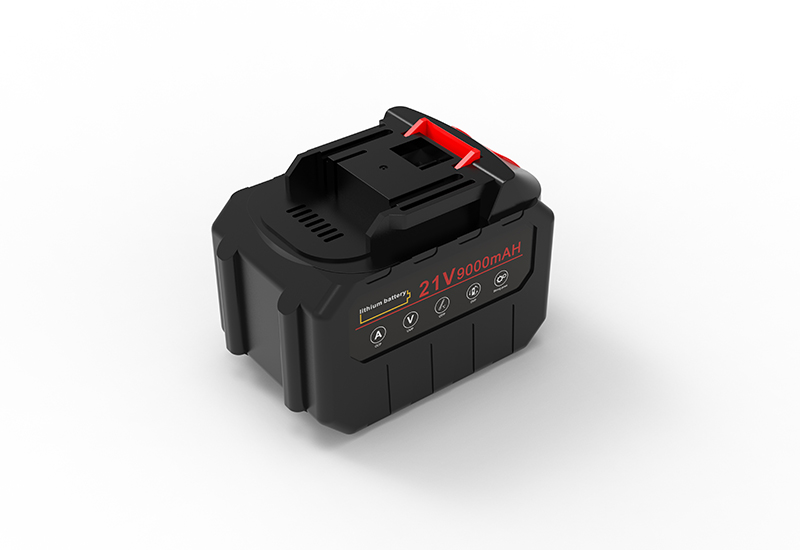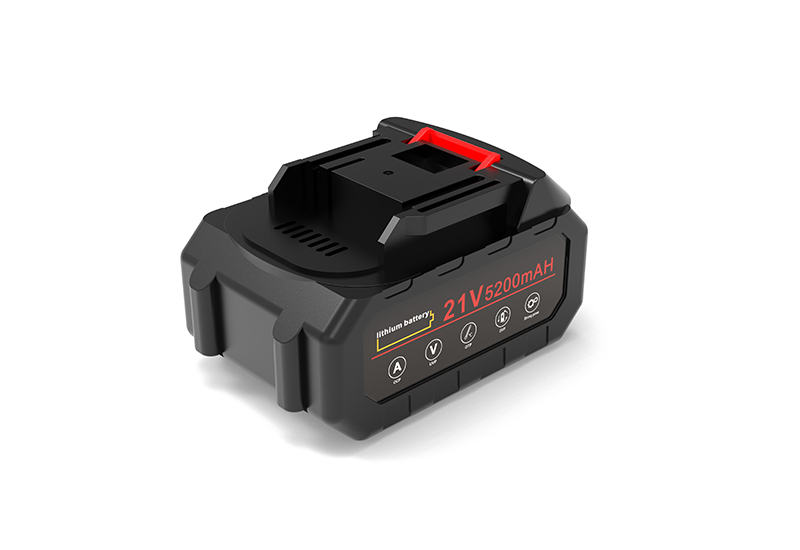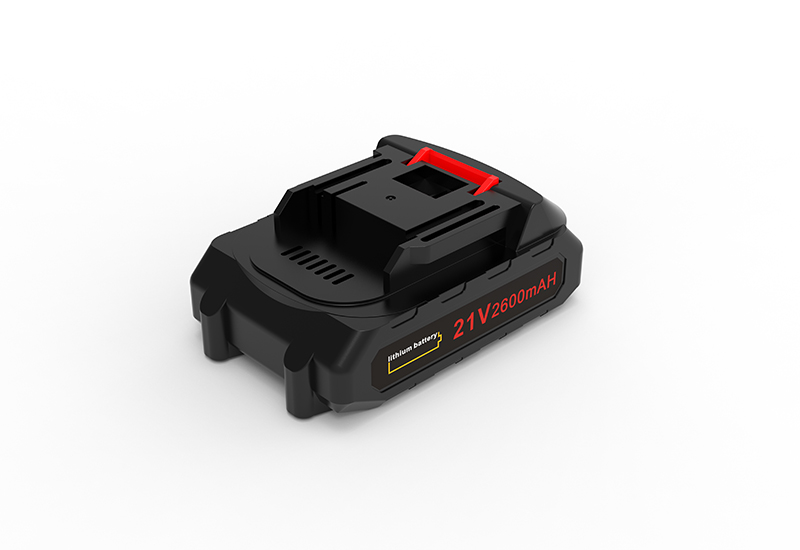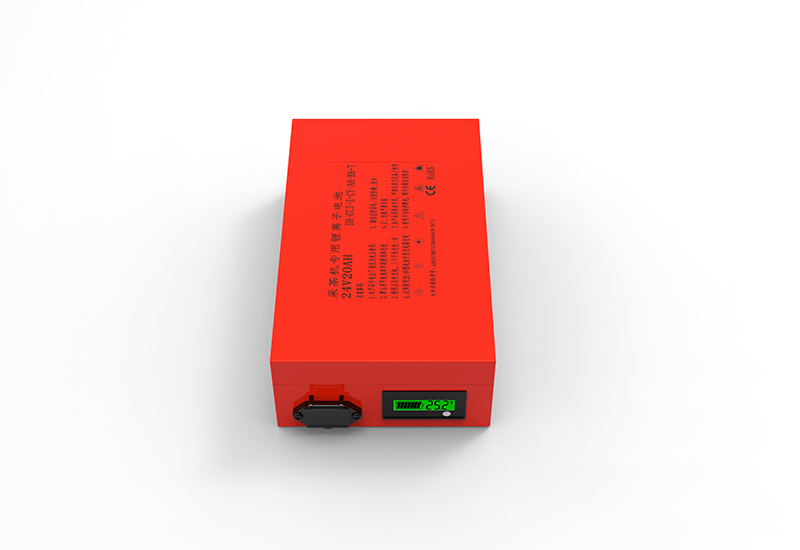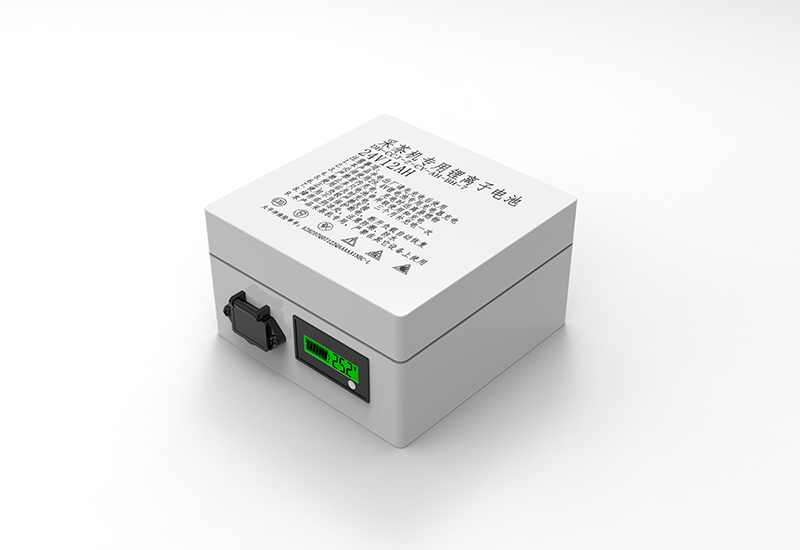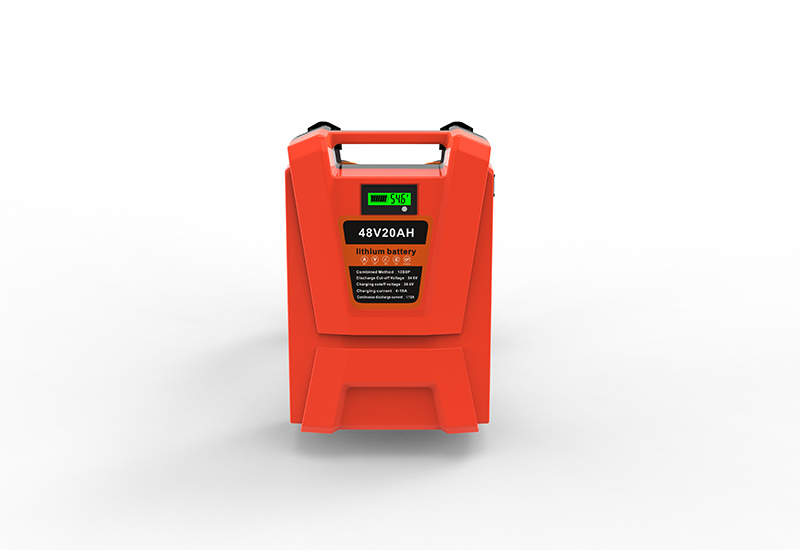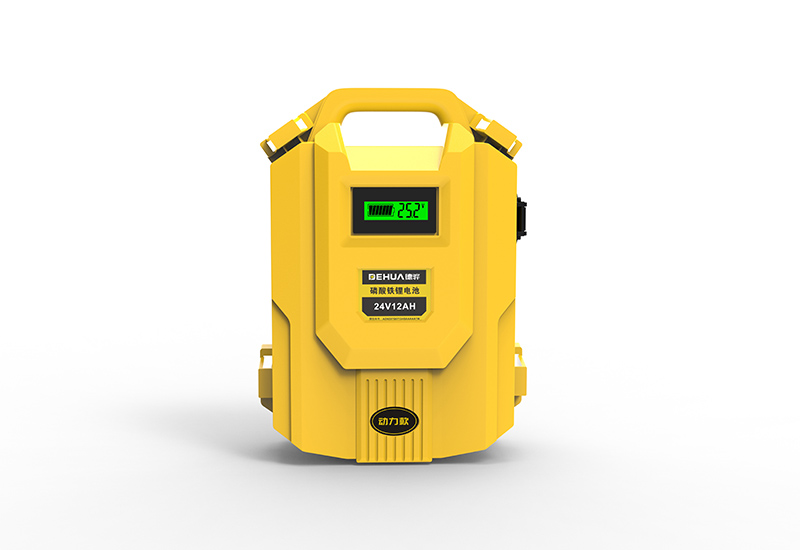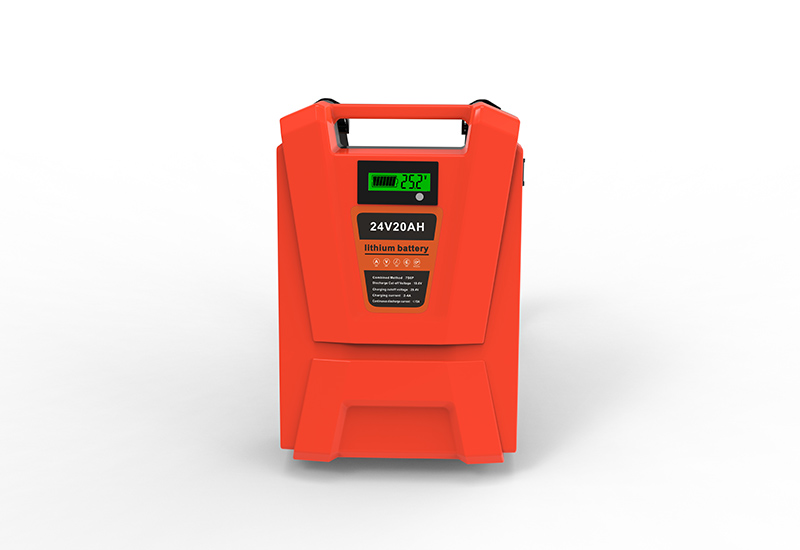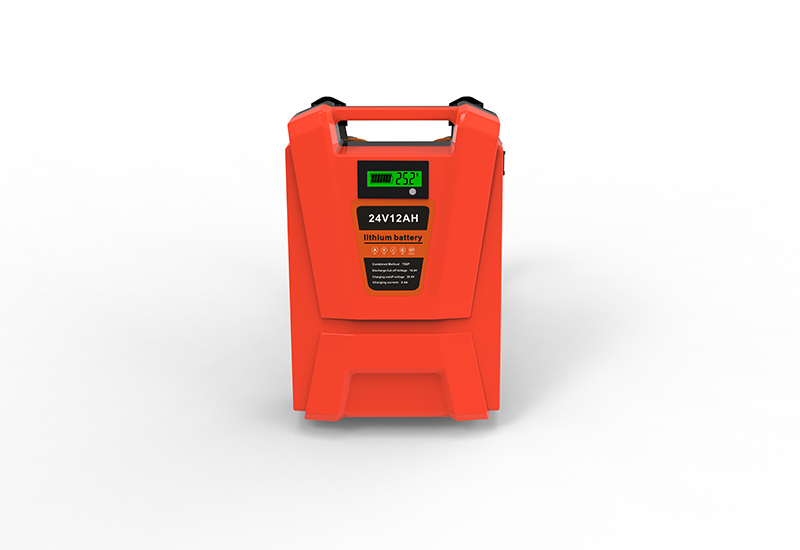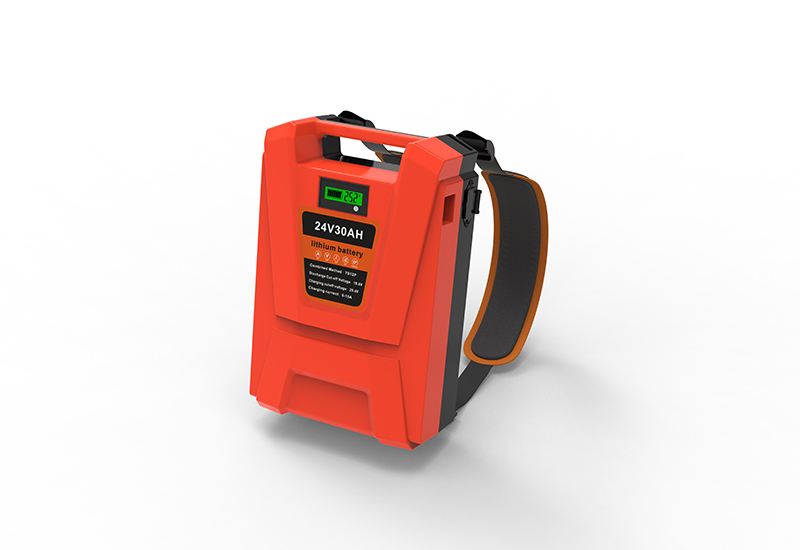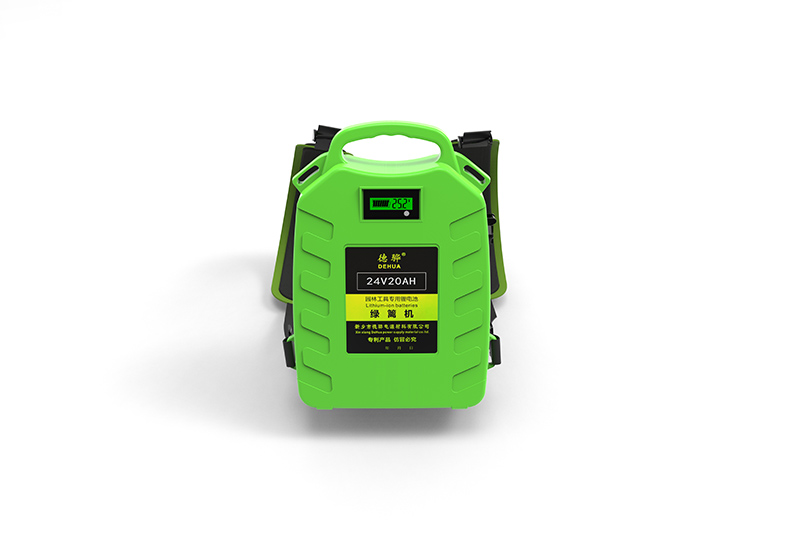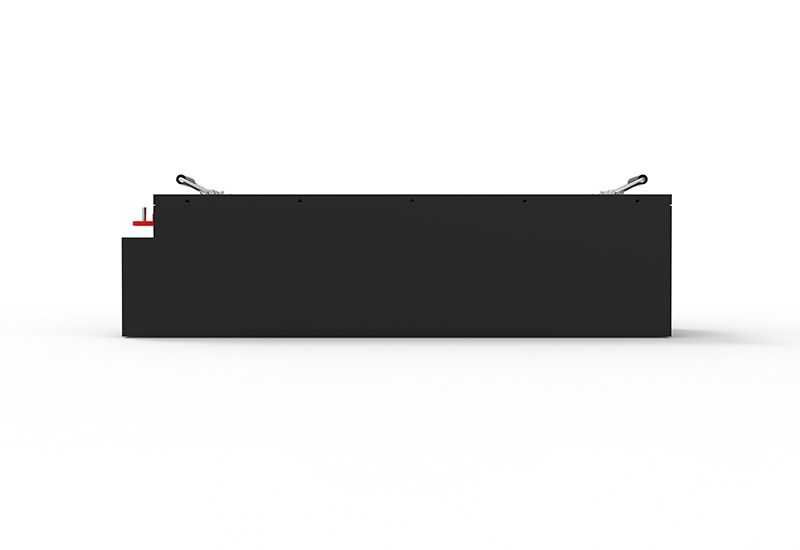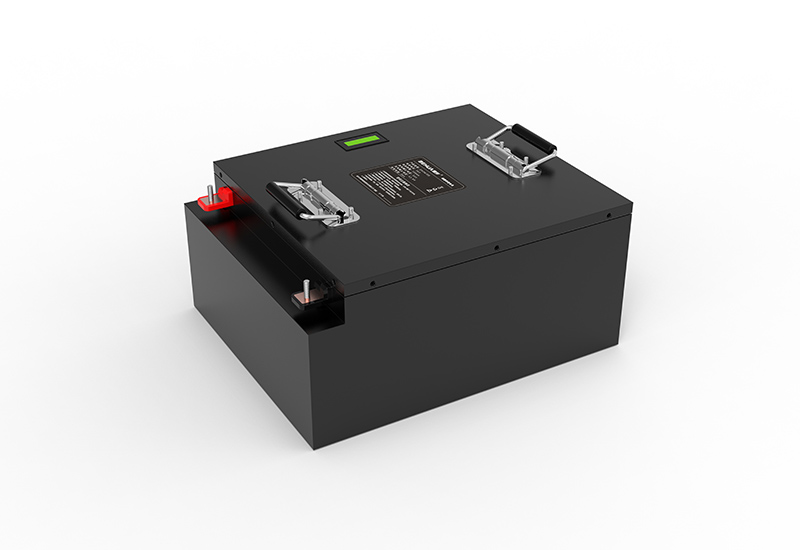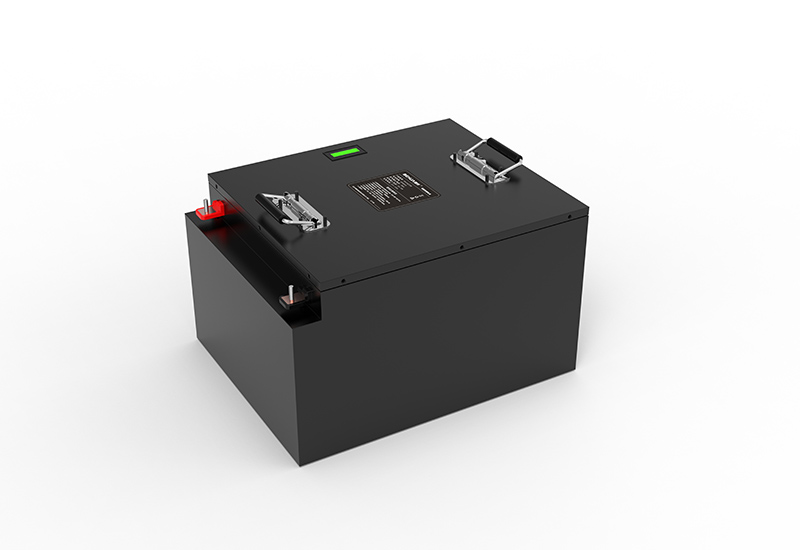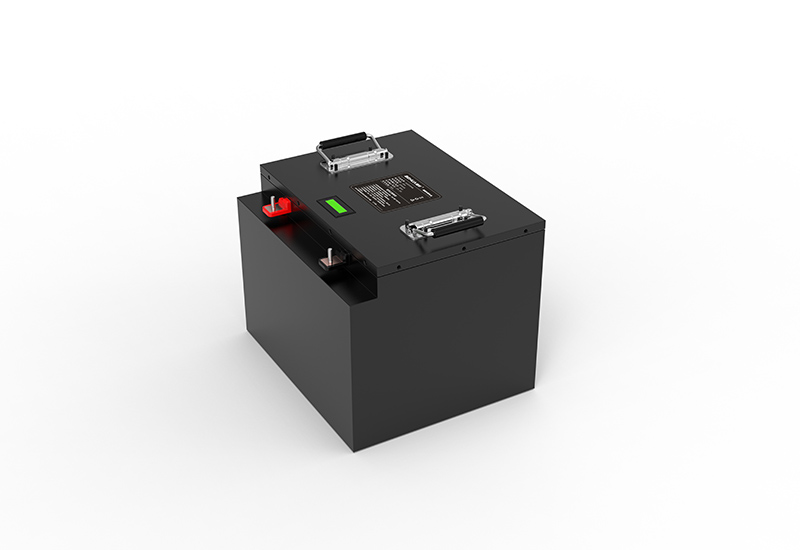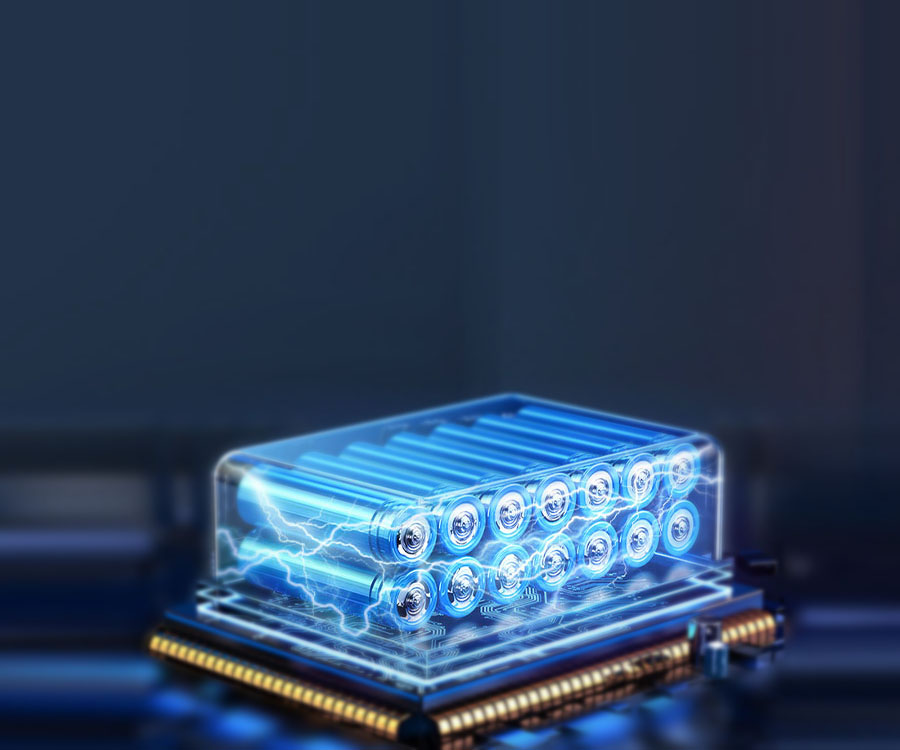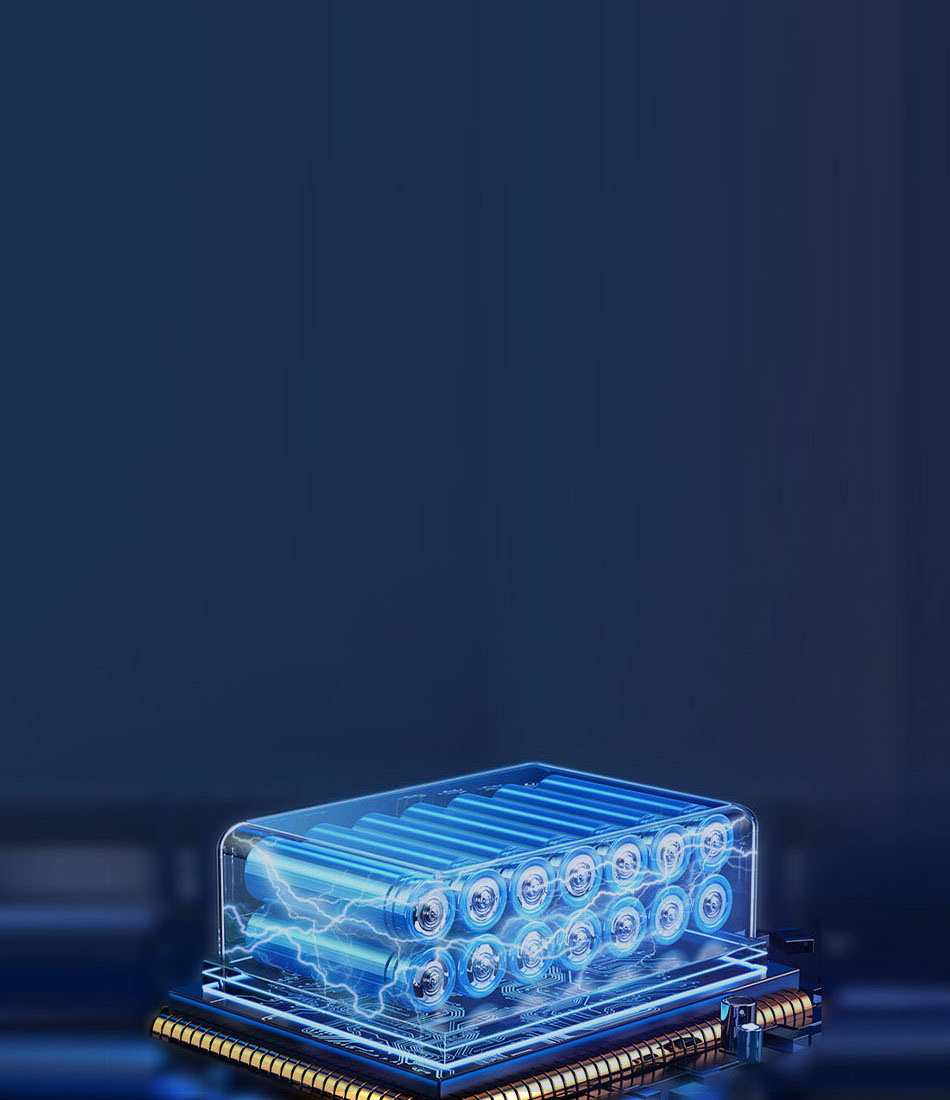Lithium battery tea-picking machines integrate advanced lithium battery technology with traditional tea-picking methods. The primary features of these machines include:
- High Efficiency and Environmental Sustainability: By utilizing lithium batteries, these tea-picking machines demonstrate enhanced energy efficiency and a reduced environmental footprint.
- Portability: The lightweight nature of lithium batteries facilitates easier transport and operation of the tea-picking machines, making them particularly suitable for diverse terrains in tea gardens.
- Durability: Modern lithium battery technology ensures an extended service life and consistent performance.
- User-Friendly Design: These tea-picking machines are typically designed with simplicity in mind, allowing for ease of operation and reducing the skill requirements for users.
These attributes empower lithium battery tea-picking machines to significantly enhance picking efficiency while alleviating labor intensity. However, specific brands and models may vary in functionality and performance; therefore, choices should be made based on actual needs and budget considerations.
The primary structure of the lithium battery tea-picking machine consists of the machine itself, along with essential components such as motors, motor controllers, blades, gears, gearboxes, and power cords.
Motor Types:
1) Brushless Inner Rotor Motor; 2) Brushless Outer Rotor Motor
The fundamental distinctions between brushless inner rotor motors and brushless outer rotor motors are found in their structural configurations and application domains.
Brushless Inner Rotor Motor: In this configuration, the rotor (the component containing magnets) is situated within the motor housing. This type typically features a compact design coupled with high rotational speeds and is utilized in equipment that demands rapid operation. It is particularly suitable for scenarios requiring precise control at elevated speeds. However, its drawbacks include bulkiness, significant electricity consumption, limited operational time, reduced service life, and a tendency for the controller to burn out under excessive current conditions
Brushless Outer Rotor Motor: In this type of motor, the rotor is positioned externally around the stator. It typically exhibits higher torque and lower rotational speeds, making it suitable for equipment that requires substantial torque and stable operation. Its advantages include being lightweight, energy-efficient, offering extended operational time, a long service life, and six-speed adjustment capabilities.
Each motor type possesses unique advantages; the selection depends on application requirements such as speed, torque, volume, and weight. In tea-picking machine applications, these factors significantly influence performance and efficiency.
Motor Coil:
1) Copper Coil; 2) Copper-Clad Aluminum Coil
In brushless outer rotor motors, the choice of coil material greatly impacts overall motor performance. Copper coils and copper-clad aluminum coils are two common options with distinct differences in their respective advantages and disadvantages:
Copper Coil (Pure Copper): High Conductivity: Pure copper coils exhibit superior conductivity resulting in enhanced efficiency. Good Heat Resistance: The high melting point of pure copper contributes to its excellent heat resistance. High Cost: Due to the elevated price of copper materials compared to aluminum, pure copper coils tend to be more expensive.
Copper-Clad Aluminum Coil: Cost-Effective: Compared to pure copper coils, copper-clad aluminum coils offer a more economical solution. Lightweight: These coils are lighter than their pure copper counterparts which aids in reducing overall weight. Slightly Inferior Conductivity: The conductivity of copper-clad aluminum is not as high as that of pure copper.
The selection of coil material should align with specific application requirements considering factors such as efficiency needs, heat resistance capabilities, cost constraints, and weight considerations.
Blade Material:
1) Common Aluminum Alloy; 2) Common SK5 Steel; 3) Chromium-Plated SK5 Steel
The blade material used in tea-picking machines significantly affects both performance and durability. Below are key distinctions among them:
Common Aluminum Alloy Material: This option is lightweight and cost-effective but offers lower durability compared to other materials—suitable for infrequent or light-duty applications.
Common SK5 Steel: SK5 represents a high-carbon steel variant known for its hardness and wear resistance relative to aluminum alloys—providing superior cutting performance ideal for demanding durability applications.
Chromium-Plated SK5 Steel: This variant enhances corrosion resistance and hardness through chromium plating treatment—the plating layer reduces wear while preventing rust formation thereby extending blade lifespan.
Each material presents unique benefits alongside limitations; thus choices must consider usage environment along with required blade durability against budgetary constraints.
Gear Material:
1) Powder-Pressed Gear; 2) Rigid Gear
Powder-pressed gears versus rigid gears represent two prevalent gear types utilized within tea-picking machines each possessing distinct pros/cons:
Powder-Pressed Gear: Cost-Effective Manufacturing costs remain relatively low while being lighter than rigid gears aiding overall weight reduction albeit exhibiting comparatively lower durability under heavy loads when juxtaposed against rigid alternatives.
Rigid Gear: High Strength owing primarily due metal composition results in greater strength coupled with enhanced wear-resistance characteristics—ideal for prolonged use capable enduring significant load conditions though generally heavier than powder-pressed variants.
Selecting appropriate gear materials necessitates careful consideration based upon specific application demands alongside requisite performance criteria factoring aspects like cost-effectiveness,durability,and total assembly mass.
Gearbox Material:
1) Plastic Gearbox; 2) Aluminum Alloy Gearbox
Plastic gearboxes and aluminum alloy gearboxes differ in their material characteristics and applications:
Plastic Gearbox: Cost-Effective: The manufacturing costs are lower compared to aluminum alloy options. Lightweight and Portable: Particularly well-suited for portable or compact equipment. Relatively Lower Durability: Under heavy loads or prolonged use, plastic gearboxes may not match the durability of aluminum alloy gearboxes.
Aluminum Alloy Gearbox: High Durability and Strength: Aluminum alloys exhibit excellent mechanical properties along with corrosion resistance. Lightweight but Higher Cost: While lightweight, the cost of aluminum alloy materials is significantly higher than that of plastic alternatives.
Selecting the appropriate gearbox material is crucial based on the specific usage scenario and performance requirements of tea-picking machines.
Power Cord Type:
1) Built-in Power Cord; 2) Plug-in Power Cord
Built-in power cords and plug-in power cords each present distinct advantages and disadvantages:
Built-in Power Cord: Enhanced Stability: As it is integrated into the device, this connection remains stable. Safety Considerations: It minimizes risks associated with wire exposure, damage, or accidental electric shock. Complicated Repair or Replacement Process: If issues arise with the power cord, professional assistance may be required for repairs.
Plug-in Power Cord: Convenient for Replacement and Repairs: Damaged power cords can be easily replaced when necessary. Flexibility in Use: This type allows for more convenient positioning across various setups. Potential Connection Instability: There may be concerns regarding unstable connections.
The choice between these types of power cords should align with specific operational requirements as well as maintenance and safety considerations.
Motor Controller:
1) Non-Adjustable Speed Controller; 2) Six-Speed Adjustment Controller
The motor controller serves as a critical component within tea-picking machines, significantly influencing overall machine performance. Below is a comparison between non-adjustable speed controllers and six-speed adjustment controllers:
Non-Adjustable Speed Controller: Simple yet Stable Design—lacking complex speed adjustment mechanisms typically results in greater stability alongside easier maintenance procedures. Limited Applicability—this type cannot adapt speeds according to varying tea-picking conditions which could lead to inefficiencies under certain circumstances.
Six-Speed Adjustment Controller : High Flexibility—users have the ability to modify speeds based on diverse tea-picking scenarios making it suitable for varied operational demands . Increased Complexity—the additional functionality introduces complexity requiring more detailed maintenance protocols .
Choosing an appropriate controller type depends upon user specifications concerning desired machine performance including whether flexible speed adjustments are essential to accommodate different working conditions


